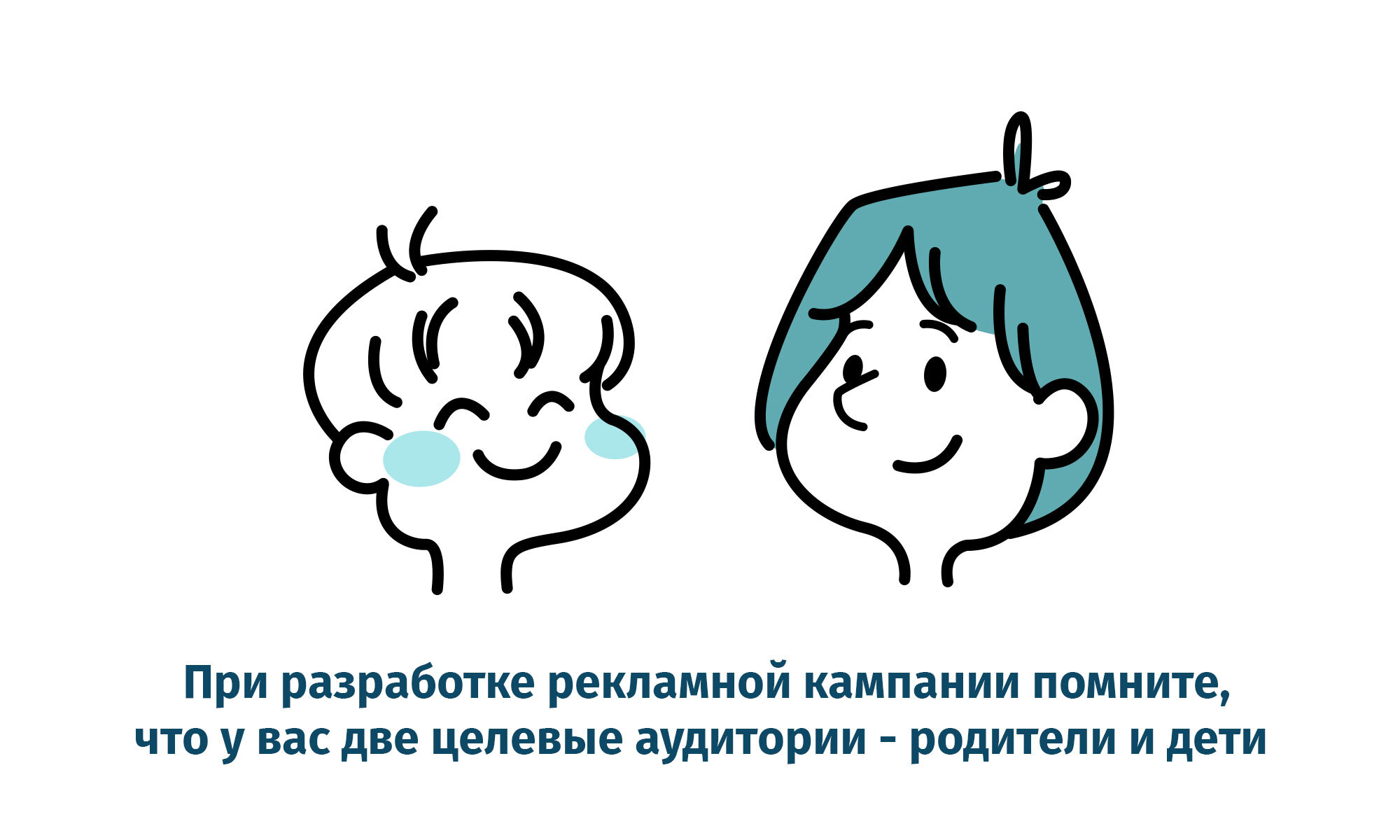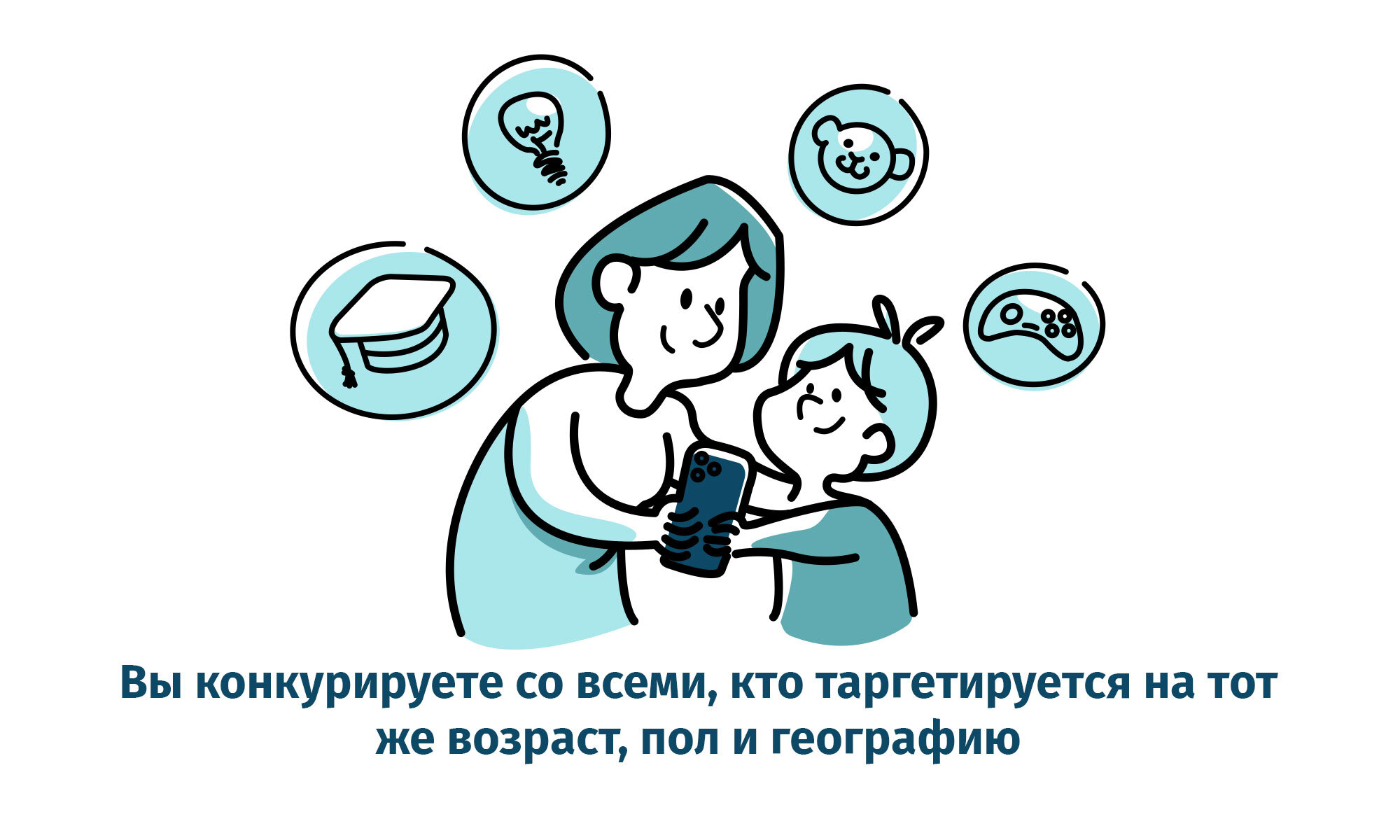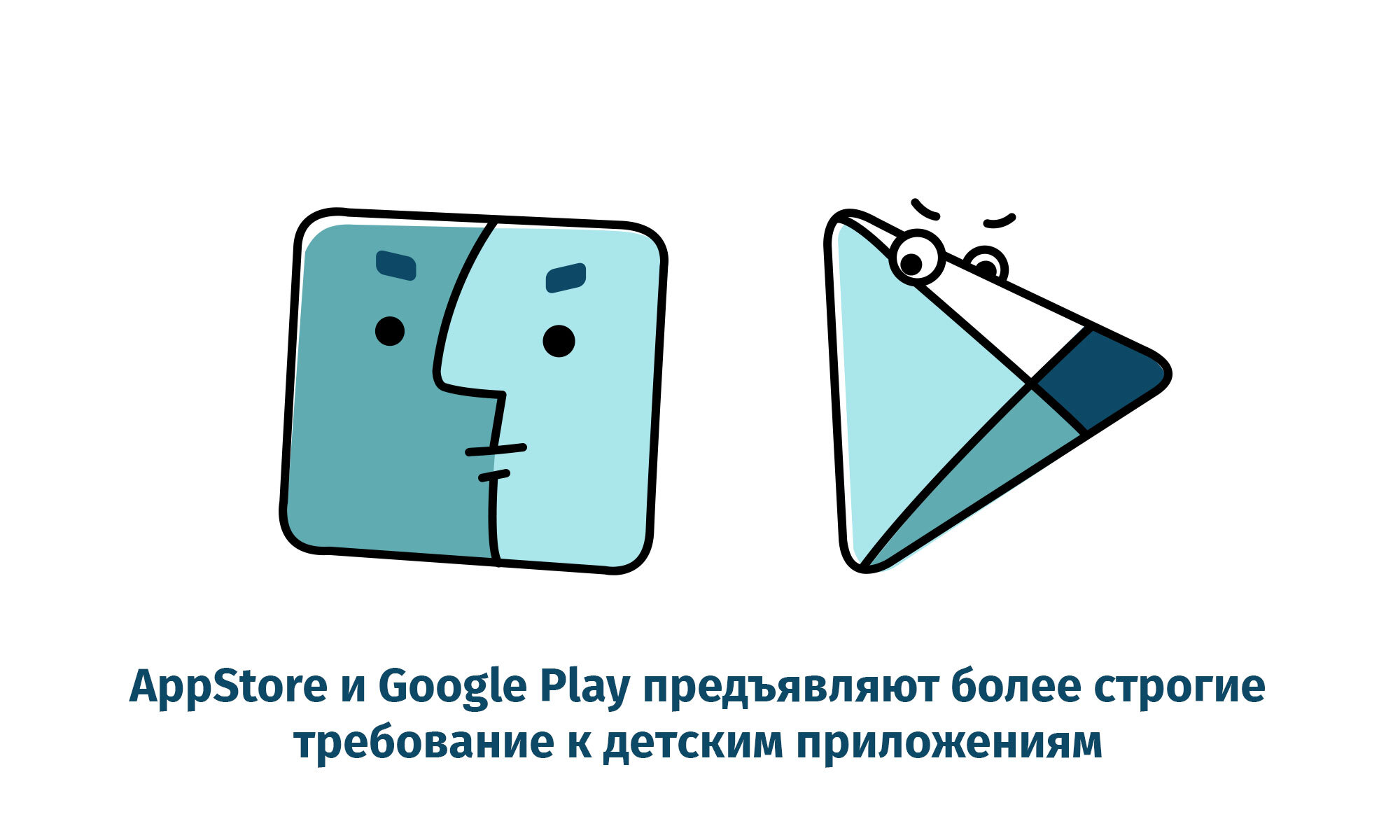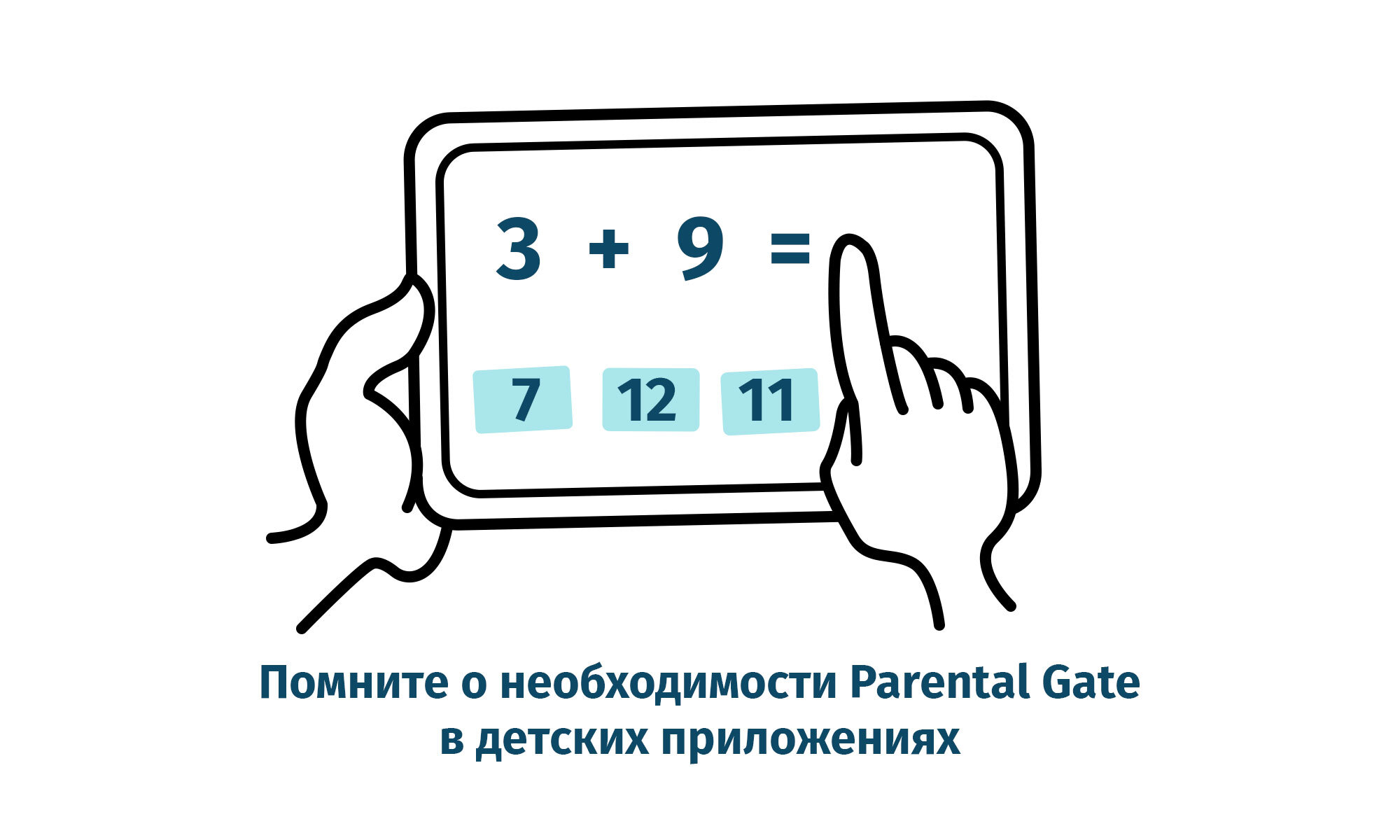8 Key Things to Pay Attention to when Promoting Children's Apps
How should children’s mobile apps be promoted and what should be taken into account in this case — in your column for App2Top.ru Mikhail Kotlov, CEO of the company IntellectoKids, told.
Mikhail Kotlov1. In children’s applications, the work with the target audience is built differently
A lot depends on the age of the children who will use the app.
Apps for preschoolers actually have two target audiences: the children themselves and their parents, who decide to install the app. One important nuance follows from this — usually parents need the product not only to entertain, but also to teach. Therefore, in advertising and at the onboarding stage, it should be shown that the application will benefit the child.
For example, in the IK Classroom & Learning Games application, there is a train with colorful wagons on the screensaver, each of which carries a passenger — a character of our games. Clicking on any trailer opens a certain game, a collection of songs or cartoons. Previously, trailers with more entertaining content “rode” ahead. But then we decided to test the hypothesis and placed the first trailers with games that help to learn — and the conversion to subscription increased.
At the same time, if you are going to offer parents something else inside the application (subscription, purchase or other product), this should be done in the first two gaming sessions. Because then the child usually uses the application independently. However, at this age, he will not only be able to buy anything, but also will not be able to read. What do we do? We offer parents to subscribe as soon as they log into the app.
But the older the child is, the more likely he is to decide for himself whether he needs your product or not. For example, children from the age of eight may already be interested in the application after seeing an advertisement or watching a video on YouTube. This should be taken into account both in communication and in the choice of channels for promotion.
2. The audience in different countries is similar
At first glance, it may seem that the cultural context in different countries strongly influences the behavior of parents. But in fact, everywhere parents behave plus or minus the same. We tested a lot of different creatives and didn’t notice much difference from country to country.
I’ll give you an example. Previously, in all countries we had an advertisement with a girl of European appearance: blue eyes, blond hair. Then we decided to test a new approach and choose different creatives for each country. Angolan children were shown to parents in Angola, Mexican children were shown to Mexicans. As it turned out, in vain: advertising campaigns remained either at the same level or worsened.
The main thing is to correctly identify the pains and needs of the target audience. Then advertising in the USA and in Spain will work equally well.
Perhaps the exception may be Asian countries where communication is built differently. But we are just starting to work with China.
3. The competition is wider than it seems
Many people think that their competitors are companies that advertise other children’s apps. But in reality, you are competing with everyone who targets the same age, gender and geography. It can be both travel agencies and health food stores. That’s because you have a very large audience with a wide range of interests.
Ideally, you should have more opportunities to purchase traffic than other companies. You need to take into account how much all your competitors earn and the reasons why they buy traffic. This will help you estimate how much you can spend on advertising.
I’ll give you an example. Our audience is women 25-55 years old with children. In addition to raising children, they play games in the Match-3 genre, visit beauty salons, engage in self-education, plan trips, buy kitchen utensils and cosmetics, order food at home.
Each of these women spends a limited amount of time on Facebook, and we need to make sure that during this time they see our advertising.
4. The requirements for children’s applications are stricter
Mobile stores have stricter requirements for children’s apps than for adult apps. For example, the AppStore prohibits including third-party analytical and advertising tools in products for children, as well as transferring data to other companies.
What could be the solution? We have developed our own analytics and push notification systems, as well as other necessary services.
5. Availability of the Parental Gate function
The Apple Store also imposes restrictions on any actions related to the purchase or cross-promo inside the children’s app. One of these limitations is the Parental Gate function.
Imagine that you have five children’s apps. You buy traffic to one of them and are going to advertise the rest inside this product. Good idea, right? The problem is that developers should put Parental Gate on all external links. In this case, before going through them, the user needs to solve an arithmetic problem. If this user is less than eight years old, he will most likely not be able to cope with the example himself. Will he call his parents? Maybe yes, maybe not. Anyway, an additional step to the purchase is the loss of conversion.
How to solve this problem? You won’t get rid of the Parental Gate function itself, but you can optimize its appearance to minimize losses.
6. The role of ASO optimization in the AppStore
Don’t forget to do ASO optimization in the App Store, and in different languages. This will ensure the output of your application in the store. But if you don’t have a free—duplex monetization model, don’t expect quick results.
How was it with us?
When we launched the promotion in France, we paid a lot of attention to ASO optimization. After that, organic impressions grew strongly in the App Store, but the number of installations remained almost the same. This means that the impressions were irrelevant.
Aggressive growth in impressions was observed for another two weeks. After about a month, their number leveled off, although it was still higher than before optimization. Then the installations began to grow. In general, be patient.
ASO optimization is not a magic pill. In children’s games, it brings less traffic than in adults. The conversion of this traffic to paying users in children’s apps is also lower. We conducted statistics on this and found that organic traffic is converted worse than purchased traffic.
7. Advertising inside a children’s app is built differently
Due to restrictions related to children’s apps, advertising services like Google AdMob prohibit tracking user information. Therefore, advertising inside applications turns out to be non-targeted. The cost of such advertising is lower, which means that payments to the developer (you) will be less.
8. Not all creatives are equally useful
Showing only the gameplay, it is impossible to tell parents what knowledge the child will receive thanks to the application. Because of this, playable creatives may be ineffective.
We decided to use video creatives for this. We didn’t come to this concept right away. We tried to demonstrate in advertising that it would be interesting for the child to play in the application, that learning would be easy and exciting, but it all worked much worse.
Also remember that it is important to “hook” the user right away. Show him the benefits of the application literally in the first three seconds, otherwise he will not be interested.






